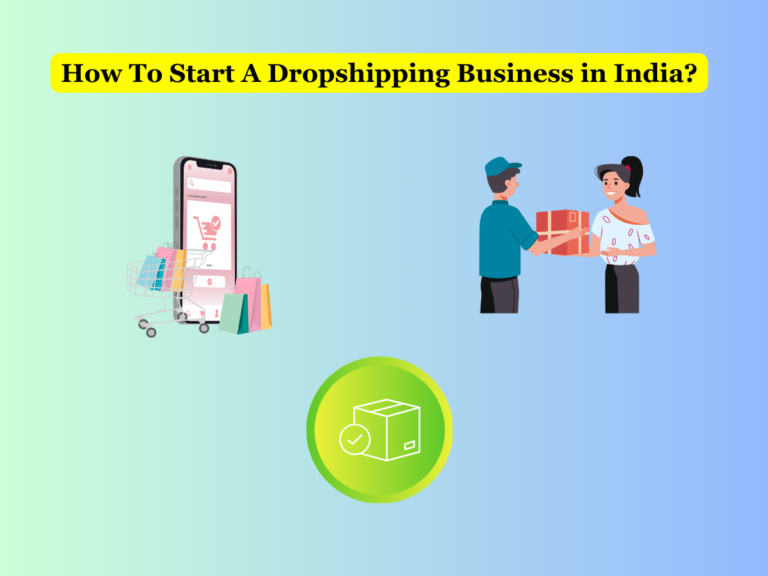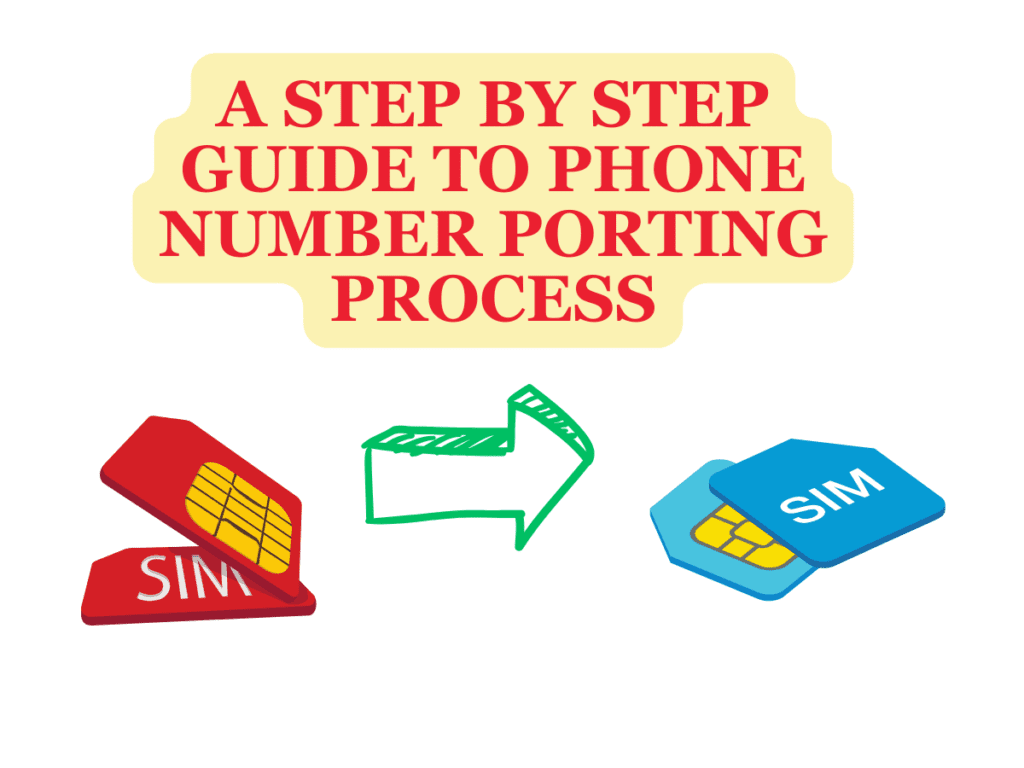Are you thinking of starting a dropshipping business but still confused about how to start it? Dropshipping is undoubtedly a very profitable business in 2024 with great scope for scalability in the future. You just need to understand how to start it properly and run it smoothly. Before starting a dropshipping business in 2024, you need to know some of the important things about this business so that you can operate it smoothly with a good profit margin.
Dropshipping has emerged as a popular and accessible way to start an online business with minimal investment. Particularly in India, where e-commerce is rapidly growing, dropshipping offers a promising opportunity for aspiring entrepreneurs. This guide will walk you through the essential steps to launch a successful dropshipping business in India.
Understanding Dropshipping Business in India
Dropshipping is a convenient retail method where a store doesn’t need to keep the products it sells in stock. Instead, when a store makes a sale, it buys the item from a third party and has it shipped directly to the customer. This way, the seller can avoid the hassle of handling the product themselves.
Benefits of Dropshipping
- Low Startup Costs: You don’t need to invest heavily in inventory or storage space.
- Easy to Start: Setting up a dropshipping business is relatively simple and quick.
- Scalability: Since you don’t handle inventory, scaling your business is easier.
Challenges of Dropshipping
- Low Margins: Because of high competition, the profit margins can be slim.
- Supplier Issues: Sometimes relying on suppliers can lead to stock issues and delays.
- Customer Service: You are responsible for resolving issues despite not handling the products.
Steps To Start A Dropshipping Business in India in 2024
Here are the 7 important steps that you need to follow to start a dropshipping business in India. These steps will surely help you to make a proper strategy and start your business without much hassle.
Step 1: Research and Choose Your Niche
The first thing to do when starting a dropshipping business is to pick a niche. Your niche should be a specific part of the market that you can target successfully.
Tips for Choosing a Niche
- Passion and Interest: Choose a niche that you are passionate about. This will keep you motivated.
- Market Demand: Use tools like Google Trends and Keyword Planner to gauge market demand.
- Competition Analysis: Evaluate the competition to understand the market landscape. High competition indicates high demand but also tougher competition.
Popular Niches in India
- Fashion and Apparel: This includes clothing, accessories, and footwear.
- Health and Wellness: Products like supplements, fitness equipment, and organic foods.
- Home and Kitchen: Kitchen gadgets, home decor, and storage solutions.
- Tech Gadgets: Smartphone accessories, smart home devices, and wearable tech.
Step 2: Conduct Market Research
After selecting your niche, make sure to do comprehensive market research to get a better understanding of your target audience and what they require.
Market Research Tools
- Google Trends: Analyze the popularity of search terms over time.
- Keyword Planner: Identify keywords and search volume related to your niche.
- Competitor Analysis: Study competitors’ websites, product offerings, and customer reviews.
- Understanding Your Target Audience
- Demographics: Age, gender, income, education level.
- Psychographics: Interests, values, lifestyle, behavior.
- Buying Patterns: What, when, and how often they purchase.
Step 3: Find Reliable Suppliers
Your dropshipping business relies heavily on your suppliers. Working with trustworthy suppliers guarantees top-notch products and on-time shipping. Reliable suppliers are essential to the success of your dropshipping business. By partnering with them, you can guarantee high-quality products and prompt deliveries.
Where to Find Suppliers?
IndiaMart: It is one of the biggest online platforms in India where you can find many manufacturers and suppliers all over India. IndiaMART provides you with a wide variety of options.
Evaluating Suppliers
- Product Quality: Order samples to check the quality of products.
- Shipping Times: Ensure suppliers can meet your delivery timelines.
- Customer Reviews: Read reviews from other drop shippers to determine reliability.
Step 4: Build Your Online Store
Your online store is where customers will browse and purchase products. A professional and user-friendly store is crucial for success.
Choosing an E-commerce Platform
- Shopify: Shopify is known for its user-friendly interface and wide range of integrations and themes.
- WooCommerce: WooCommerce, as a WordPress plugin, provides great flexibility and customization options.
- Magneto: Magento is highly customizable, but it may require technical expertise to set up.
- BigCommerce: BigCommerce is ideal for larger businesses due to its scalability and plenty of features.
Setting Up Your Online Store
- Domain Name: Choose a unique and memorable domain name.
- Theme Selection: Select a theme that aligns with your brand and is mobile-friendly.
- Product Listings: Add high-quality images, detailed descriptions, and competitive pricing.
- Payment Gateways: Integrate multiple payment options like credit/debit cards, UPI, and wallets.
Important Legal Factors to Keep in Mind
- Business Registration: Register your business as a sole proprietorship, partnership, or private limited company.
- GST Registration: Obtain GST registration to comply with tax regulations.
- Privacy Policy: Draft a privacy policy to inform customers about data usage.
- Terms and Conditions: Outline the terms of service, including return policies and disclaimers.
Step 5: Marketing and Promotion
Effective marketing plays a crucial role in attracting visitors to your store and turning them into loyal customers.
Digital Marketing Strategies
- Search Engine Optimization (SEO): Enhance your website for search engines with Search Engine Optimization (SEO) to boost organic traffic.
- Social Media Marketing: Reach your audience by utilizing platforms like Facebook, Instagram, and Pinterest through Social Media Marketing.
- Content Marketing: Attract and engage customers by creating valuable content like blogs, videos, and infographics with Content Marketing.
- Email Marketing: Build an email list and send newsletters, promotions, and updates to subscribers.
Paid Advertisements
- Google Ads: Run pay-per-click (PPC) campaigns to appear in search results.
- Facebook Ads: Target specific demographics with tailored ads.
- Instagram Ads: Utilize visual content to engage potential customers.
Step 6: Manage Your Business
Efficient management of your dropshipping business is crucial for long-term success.
Order Fulfillment
- Automation Tools: Use tools like Oberlo or Dropified to automate order processing.
- Tracking and Updates: Provide customers with tracking information and timely updates.
Customer Service
- Responsive Support: Offer multiple channels for customer support, such as email, chat, and phone.
- Resolve Issues Promptly: Address complaints and issues quickly to maintain customer satisfaction.
Inventory Management
- Stock Monitoring: Regularly check stock levels with suppliers to avoid stockouts.
- Product Updates: Continuously update your product catalog to offer new and trending items.
Performance Analysis
- Google Analytics: Use Google Analytics to analyze your website traffic, user behavior, and conversion rates.
- Sales Reports: Analyze sales data to identify trends and make informed decisions.
- Customer Feedback: Collect feedback to improve products and services.
Step 7: Scale Your Business
Once your dropshipping business is established, focus on scaling to increase revenue and market share.
Expanding Product Range
- New Products: Continuously add new products to attract repeat customers.
- Bundles and Upsells: Offer product bundles and upsell complementary items.
Exploring New Markets
- International Shipping: Consider offering international shipping to expand your customer base.
- Localization: Adapt your website and marketing efforts for different regions.
Optimizing Operations
- Streamline Processes: Automate repetitive tasks to save time and reduce errors.
- Outsource Tasks: Delegate tasks like customer service or content creation to freelancers or agencies.
Building a Brand
- Consistent Branding: Keep your branding consistent on every platform you use.
- Customer Loyalty Programs: Reward your loyal customers with special programs.
- Community Engagement: Connect with your community on social media, blogs, and forums.
Conclusion
Starting a dropshipping business in India involves careful planning, market research, and effective execution. By following this step-by-step guide, you can build a successful dropshipping business that meets the needs of your target audience and stands out in a competitive market. Remember, persistence and continuous learning are key to thriving in the dynamic world of e-commerce.








